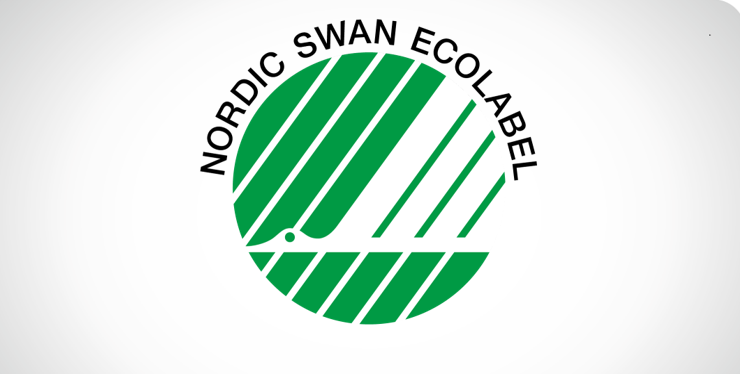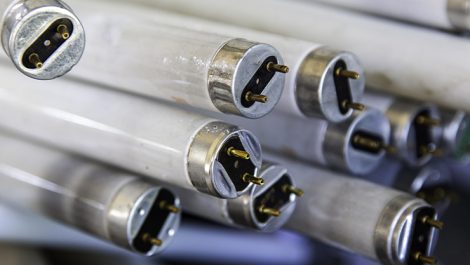Ecolabels are a useful way to signal a company’s commitment to sustainable and environmentally friendly business practises. They confirm to customers, shareholders and staff that a company really is committed to managing its environmental impact. And the discipline required to achieve certified compliance with an ecolabel invariably yields other business benefits, such as process control and efficiency. The business benefits from the process of getting ready for certification audits just as much as the assignation.
The Nordic Swan label is amongst the most highly regarded ecolabels and its criteria for printing companies is being updated. The consultation process runs until the end of June and anyone with an interest can contribute. Let’s hope lots of printers provide comments because there are some big gaps in the document as it currently exists.
The major changes so far include derogation of the H304 list. This hazard statement covers chemicals which may “be fatal if swallowed and enter airways”. They are used in industrial environments but they do not pose any hazard in the final print, so Nordic Swan has recognised this which is fortunate for the gravure sector and some digital printing processes.
There have been changes to the requirements for use of Nordic Swan/EU Ecolabelled paper. In order to qualify at least 70% of the paper the printing company uses must be compliant, up from 25%. There are also new requirements for nonpaper substrates which must now “be inspected in order to be available for the printing company in the electronic application aid [sic]”. I am not sure what this actually means. Nordic Swan has also restructured and strengthened its energy use requirements.
In taking a look at the current version of the scheme we’ve identified a couple of major problems. The most egregious is the definition of digital printing as a printing method where “the complete workflow is managed using a computer”. Which century are we in? There are other peculiarities such as a new requirement that deinkability passes the Ingede Method 11 test. This twenty plus year old test favours gravure and offset printing methods. It penalises prints produced using flexography, UV curing inks and many digital printing technologies. There is also no recognition of the benefits of using processless printing plates. And not much on measuring process efficiency (energy) or waste management.
– Laurel Brunner
This article was produced by the Verdigris Project, an industry initiative intended to raise awareness of print’s positive environmental impact. This weekly commentary helps printing companies keep up to date with environmental standards, and how environmentally friendly business management can help improve their bottom lines. Verdigris is supported by the following companies: Agfa Graphics, EFI, Fespa, Fujifilm, HP, Kodak, Ricoh, Spindrift, Splash PR, Unity Publishing and Xeikon.





